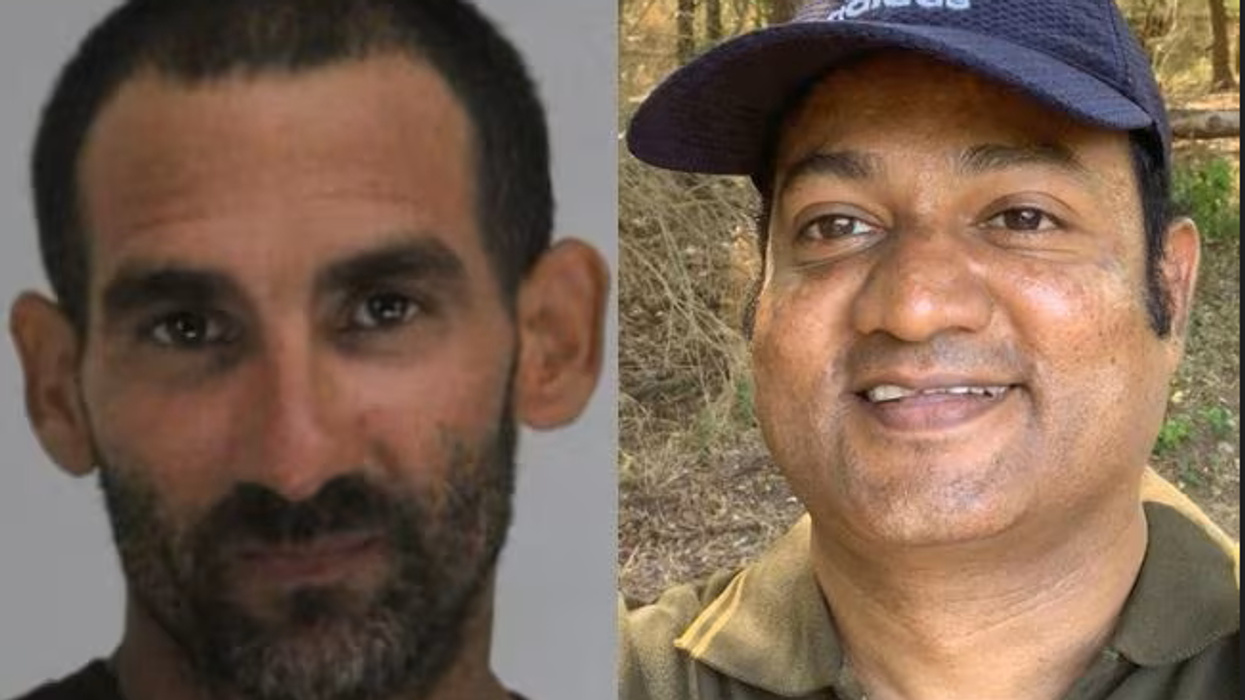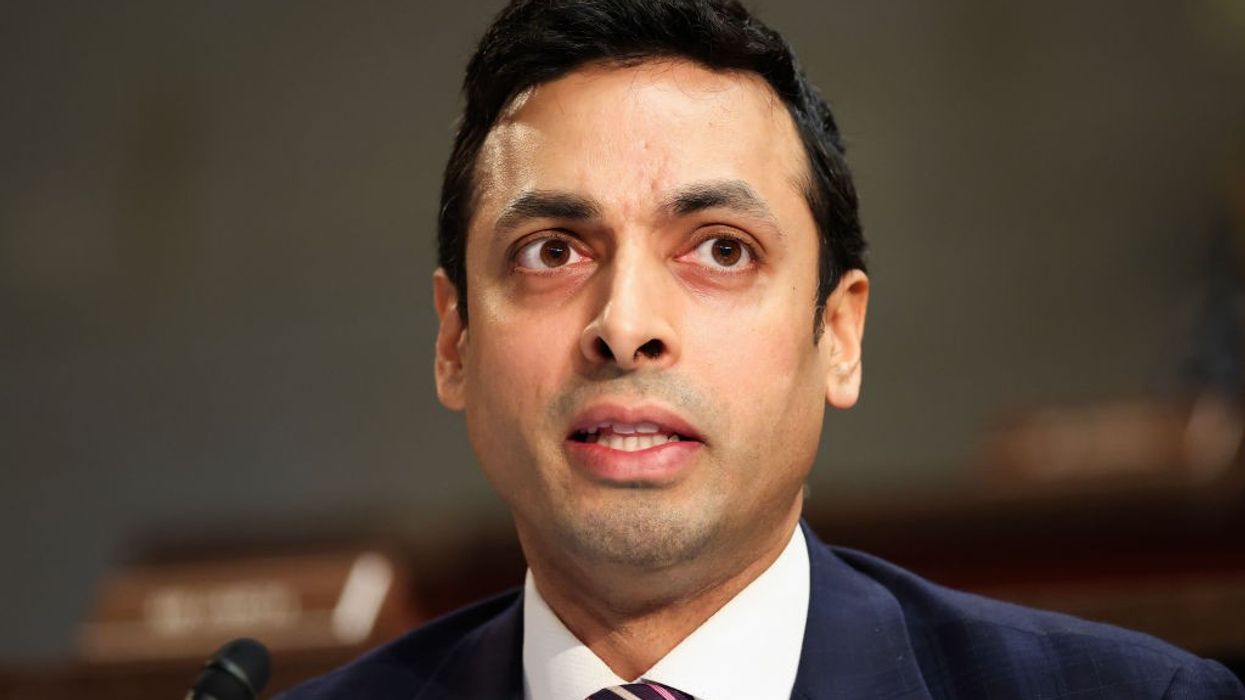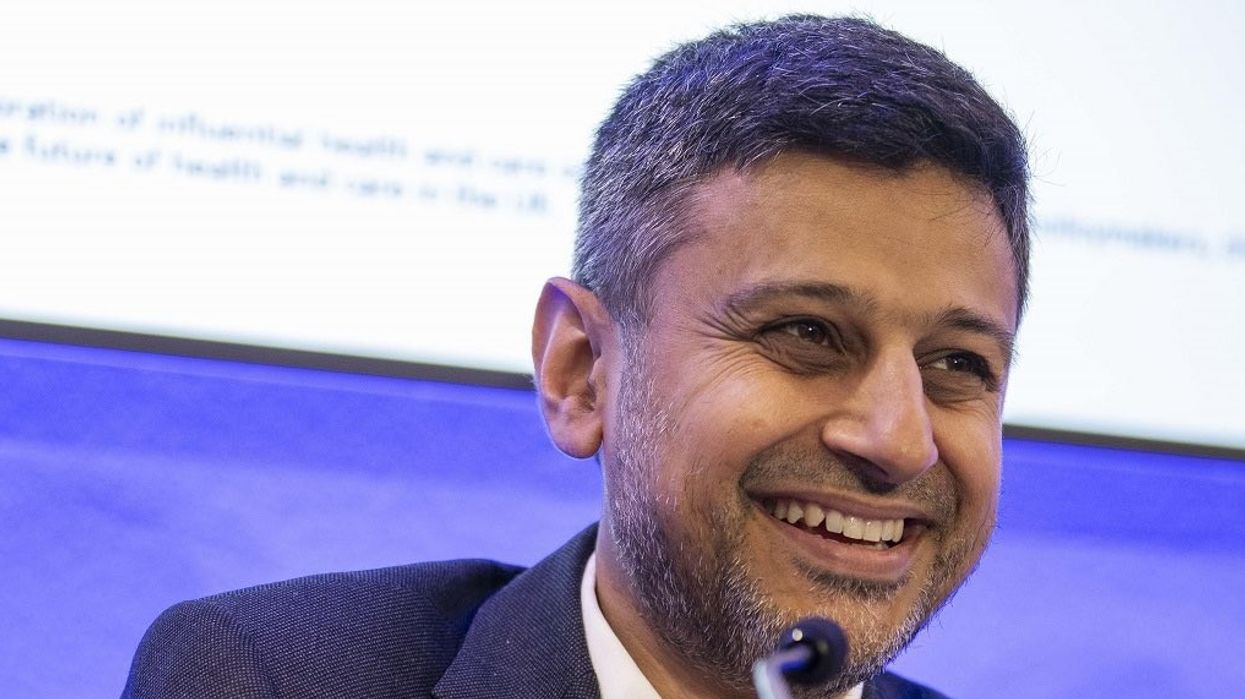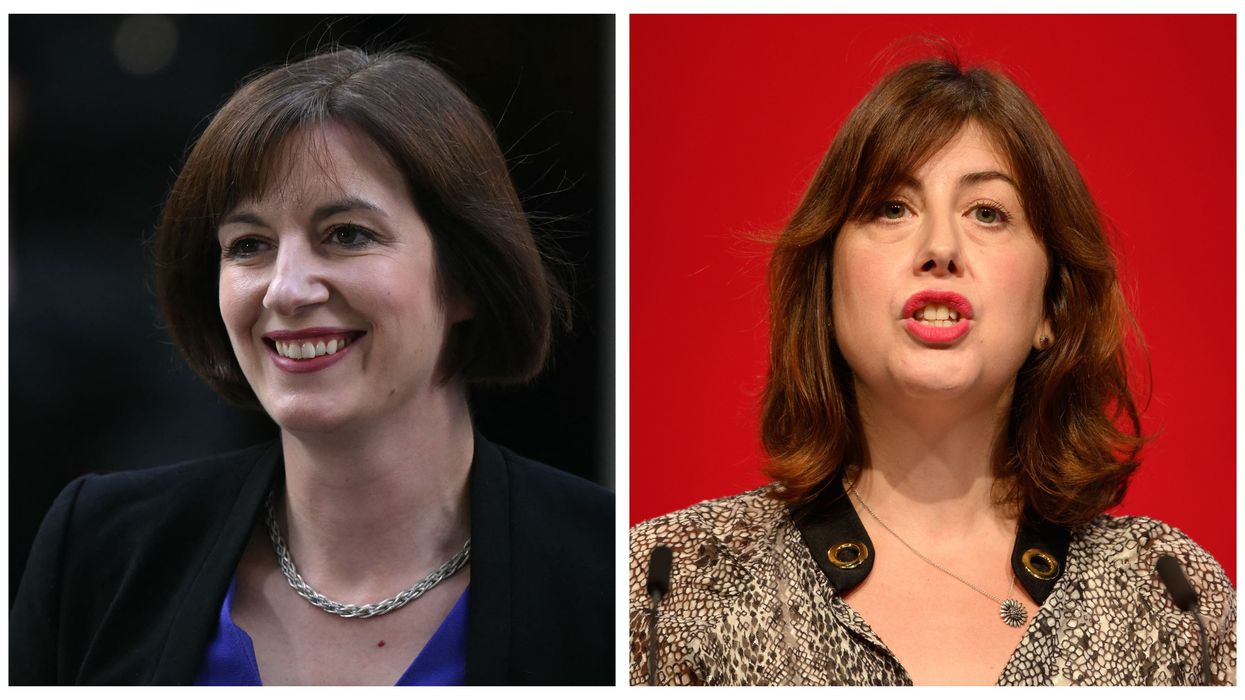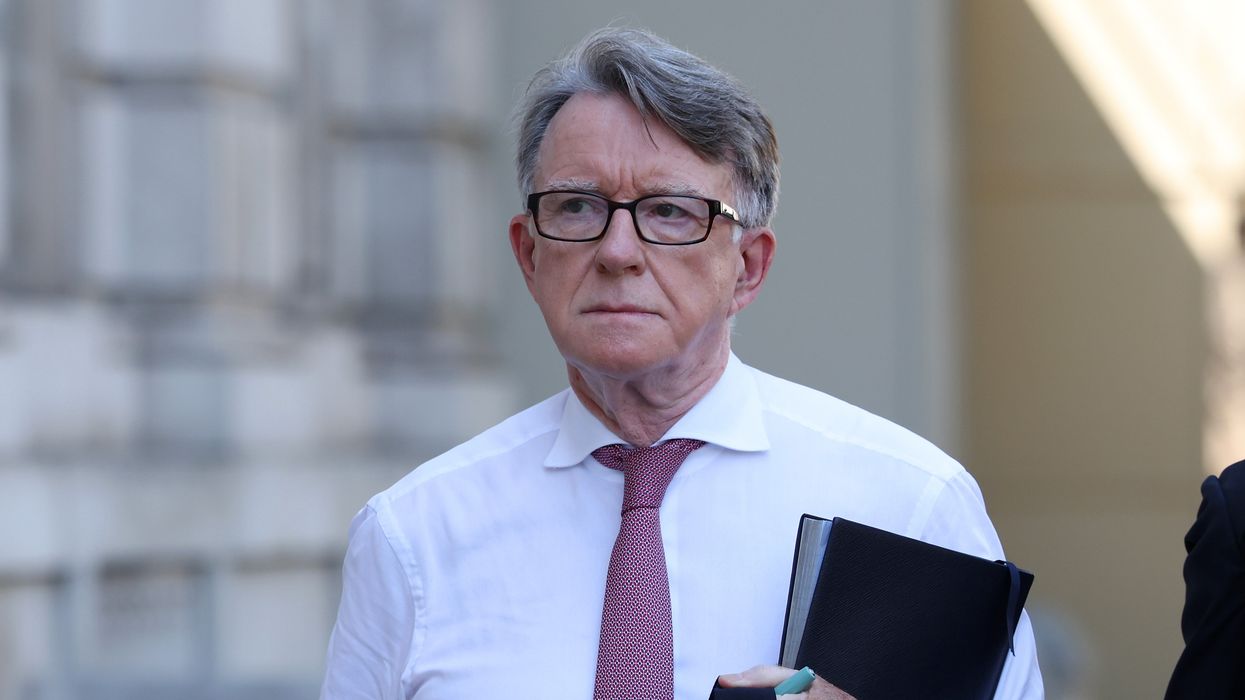Highlights
- Fuel to both engines of the Air India flight was cut off seconds before the crash
- A pilot was heard questioning the other over the cut-off; both denied initiating it.
- The Dreamliner crashed shortly after take-off from Ahmedabad, killing 260 people.
- Investigators are focusing on fuel switch movement; full analysis may take months.
FUEL control switches to both engines of the Air India flight that crashed shortly after takeoff were moved from the "run" to the "cutoff" position seconds before the crash, according to a preliminary investigation report released early Saturday.
The report, issued by the Aircraft Accident Investigation Bureau (AAIB), did not draw conclusions or assign blame for the June 12 crash, but stated that one pilot was heard asking the other why he had cut off fuel. The second pilot replied that he had not.
The Boeing 787-8 Dreamliner was on its way from Ahmedabad in western India to London when it crashed, killing 260 people. Among the dead were 241 of the 242 people on board and 19 people on the ground.
Switches moved one after another
The 15-page report said that after the aircraft reached its top recorded speed, "the Engine 1 and Engine 2 fuel cutoff switches transitioned from RUN to CUTOFF position one after another with a time gap of 01 sec".
ALSO READ: Watchdog warns Air India over pilot duty violations
"In the cockpit voice recording, one of the pilots is heard asking the other why did he cutoff. The other pilot responded that he did not do so," the report stated.
The aircraft quickly lost altitude following the switch movement.
The switches then returned to the "RUN" position, and the engines appeared to regain power. However, "one of the pilots transmitted 'MAYDAY MAYDAY MAYDAY'," the report said.
Air traffic controllers asked the pilots what was wrong, but soon observed the crash and alerted emergency responders.
Investigation focused on fuel switches
Earlier this week, specialist website The Air Current reported that the probe had "narrowed its focus to the movement of the engine fuel switches", while also stating that a complete analysis may take several months or more. It added that the focus of the investigation could still change.
According to the AAIB report, the US Federal Aviation Administration had issued an information bulletin in 2018 about "the potential disengagement of the fuel control switch locking feature".
The issue was not considered an "unsafe condition" requiring a more serious directive, and Air India told investigators it had not conducted the suggested inspections as they were "advisory and not mandatory".
Air India was found to be compliant with all airworthiness directives and alert service bulletins on the aircraft, the report noted.
The bureau said there were "no recommended actions to B787-8 and/or GE GEnx-1B engine operators and manufacturers", indicating that there were no immediate technical concerns with either the aircraft or the engines.
ALSO READ: Flying fear therapy bookings soar after Air India crash
The AAIB said the investigation is ongoing and that further evidence and information have been "sought from the stakeholders".
Boeing said in a statement that it would "continue to support the investigation and our customer", adding, "our thoughts remain" with those affected by the crash.
Air India stated that it was "working closely with stakeholders, including regulators".
"We continue to fully cooperate with the AAIB and other authorities as their investigation progresses," the airline said in a statement posted on X.
Passenger details and international assistance
The UN's International Civil Aviation Organization (ICAO) requires that a preliminary report be submitted within 30 days of an accident by the country leading the investigation.
Investigators from the United States and the United Kingdom have also joined the probe.
The aircraft was carrying 230 passengers — including 169 Indian nationals, 53 British citizens, seven Portuguese nationals and one Canadian — along with 12 crew members.
Dozens of people on the ground were also injured.
One British passenger survived and was seen walking out of the wreckage. That person has since been discharged from hospital.
Initial figures released by health officials in Gujarat put the death toll at 279, but forensic experts later revised the number after identifying multiple scattered and severely burnt remains.
(With inputs from agencies)



